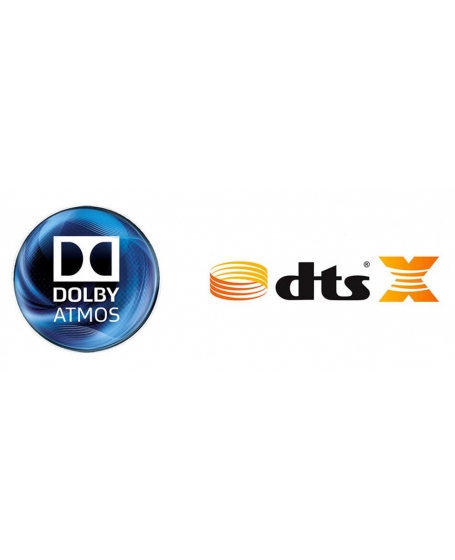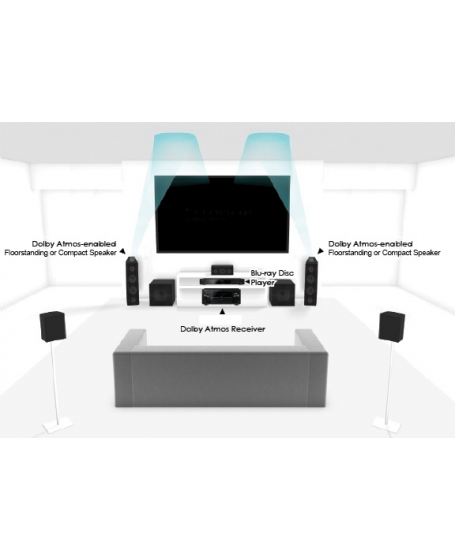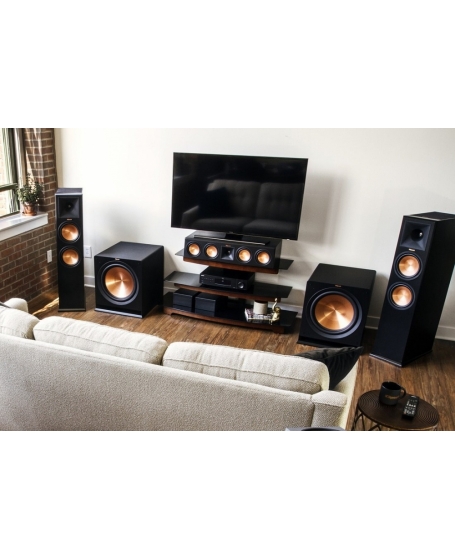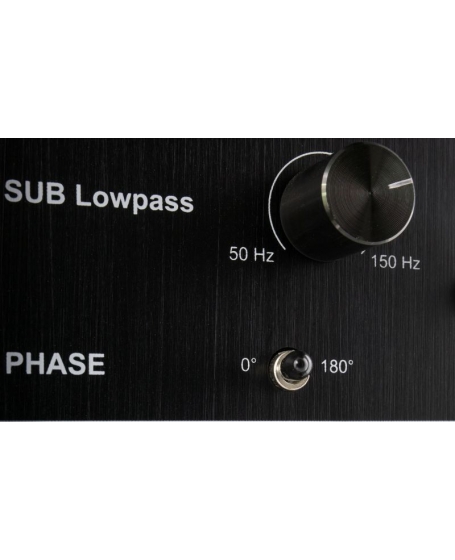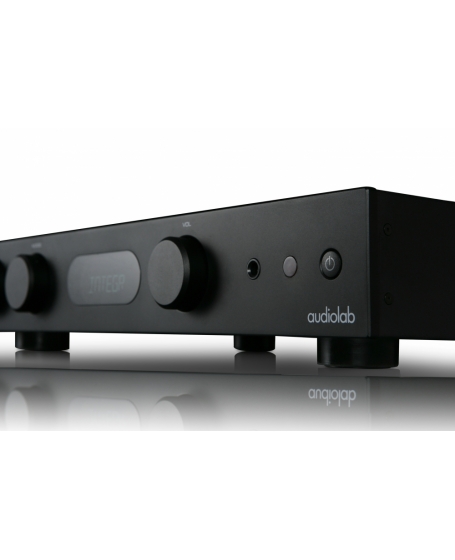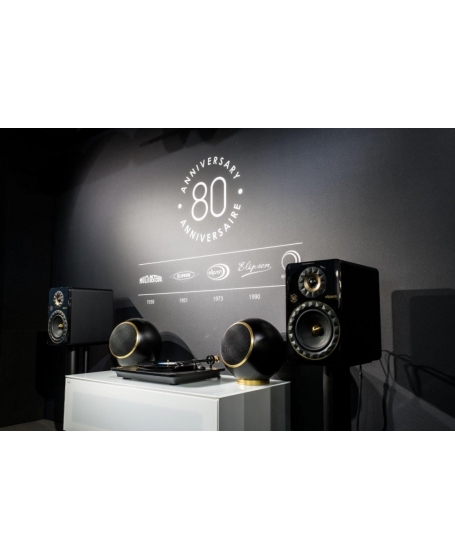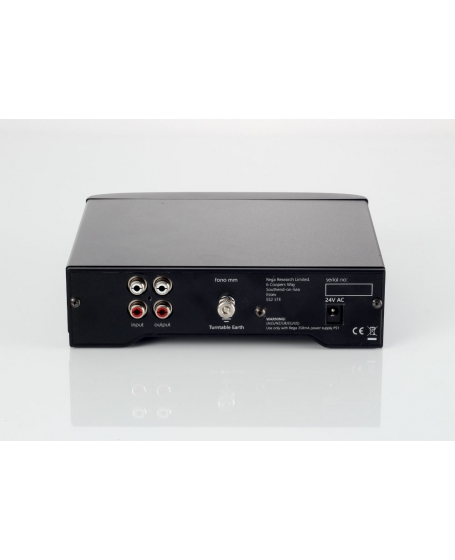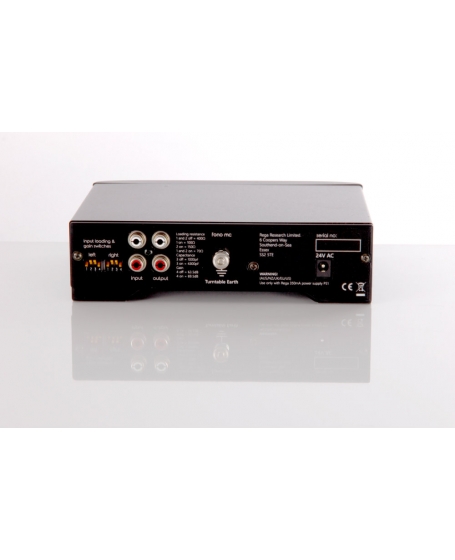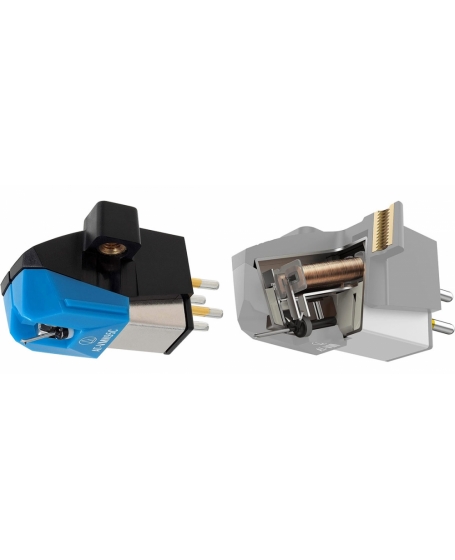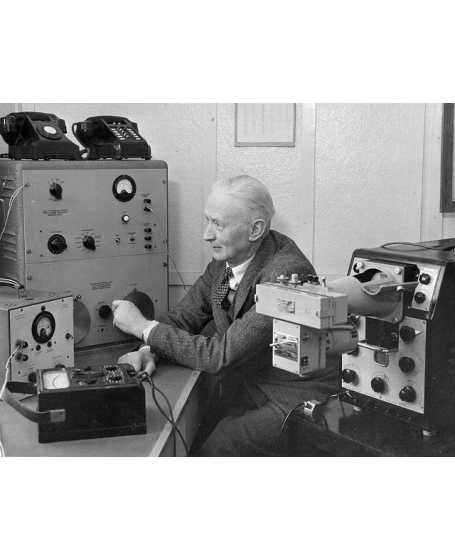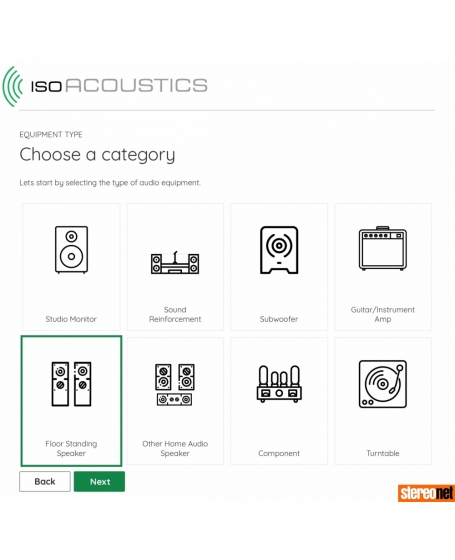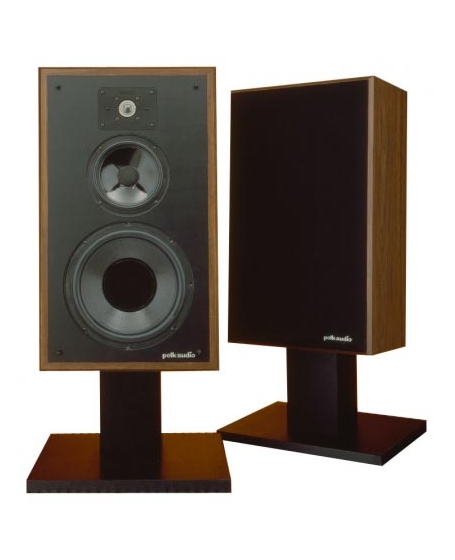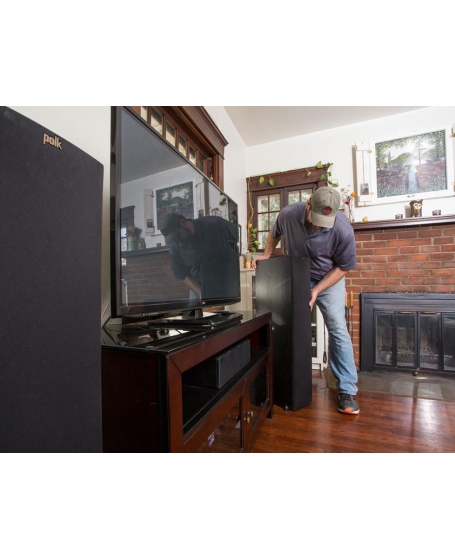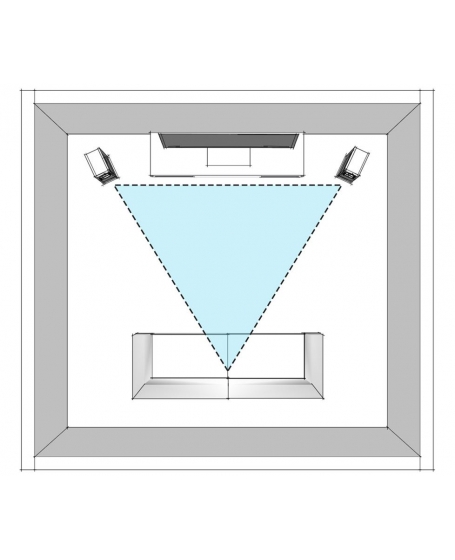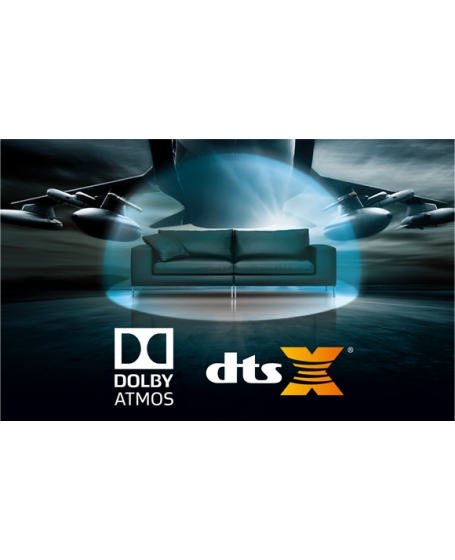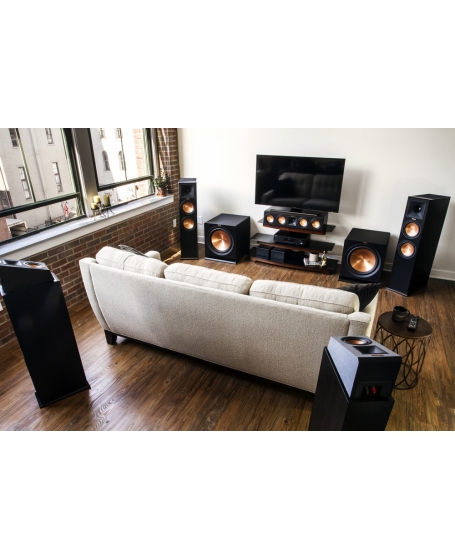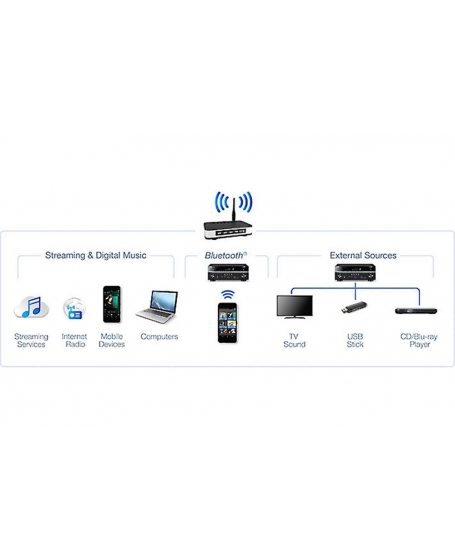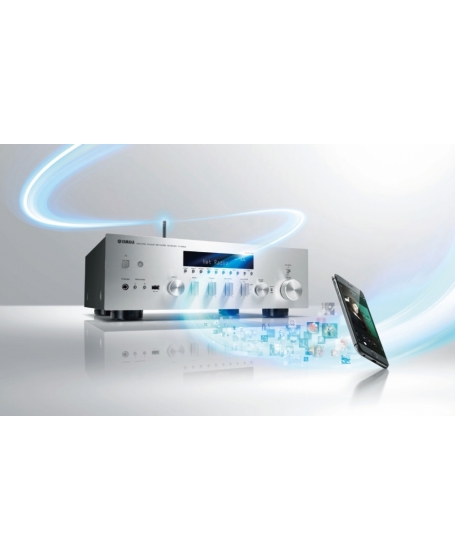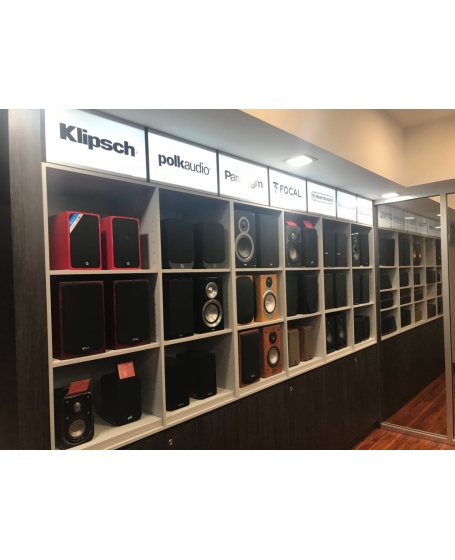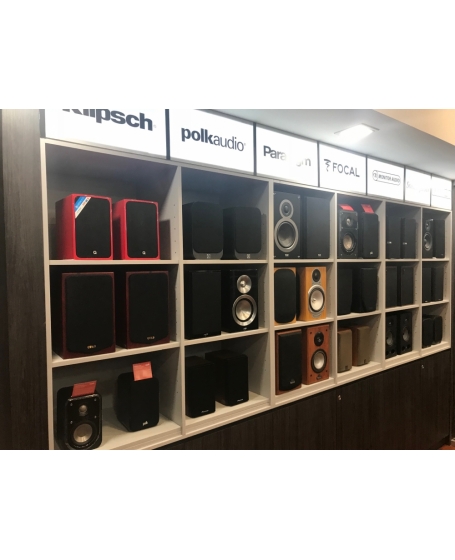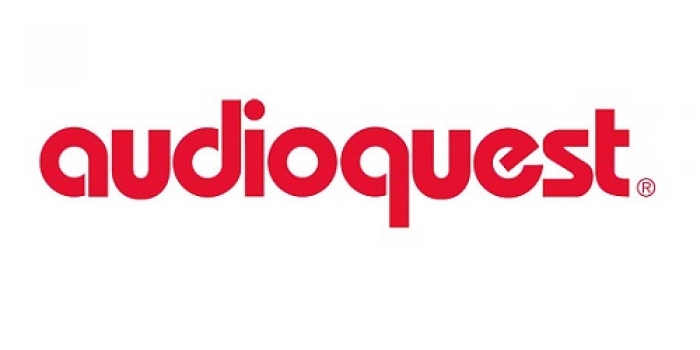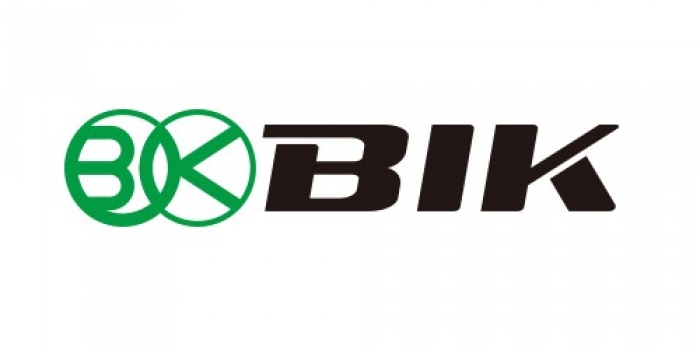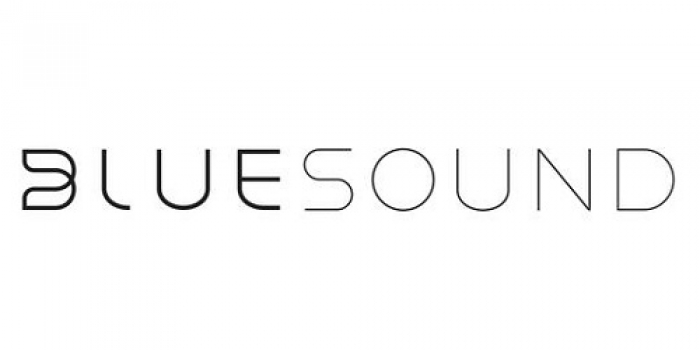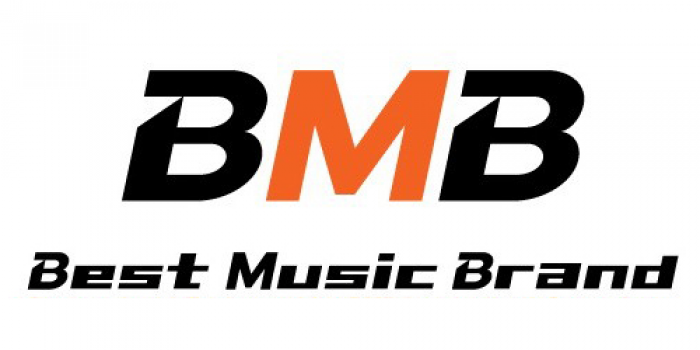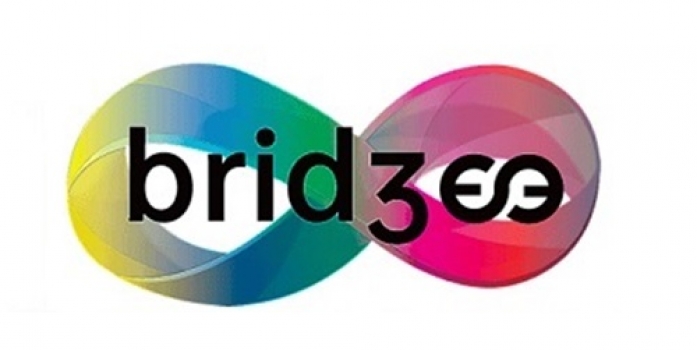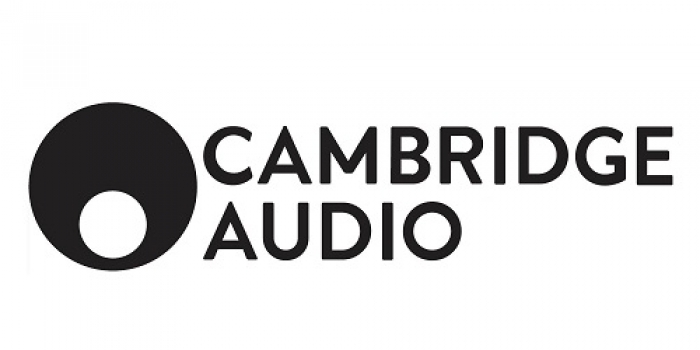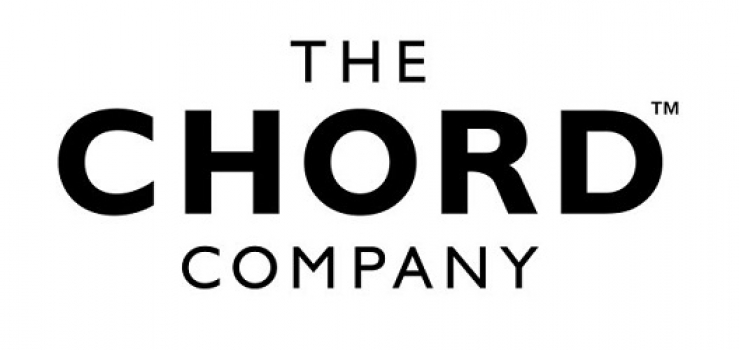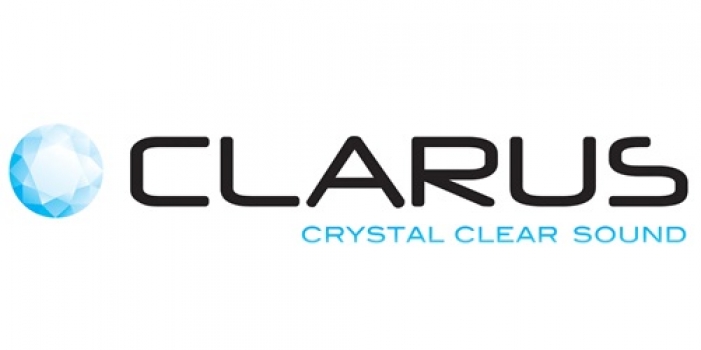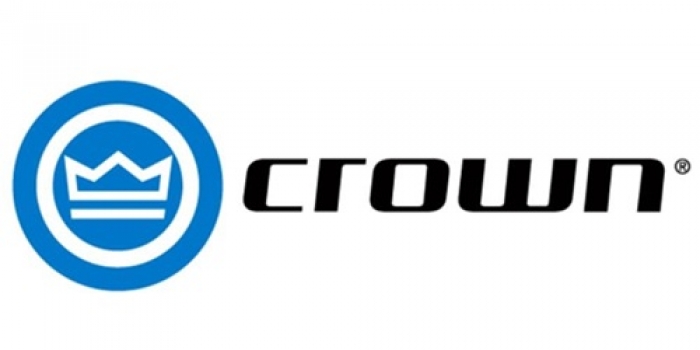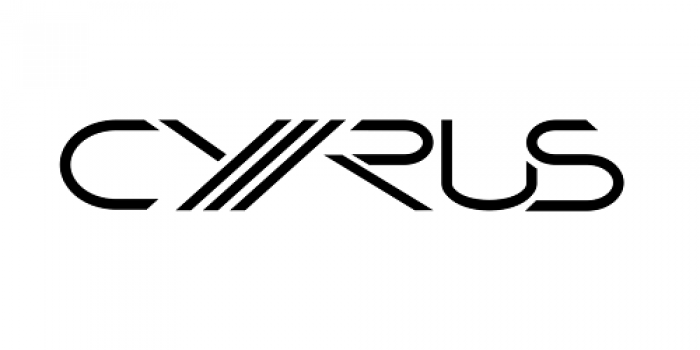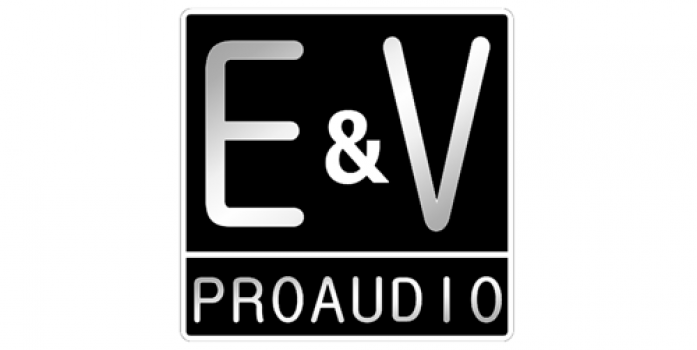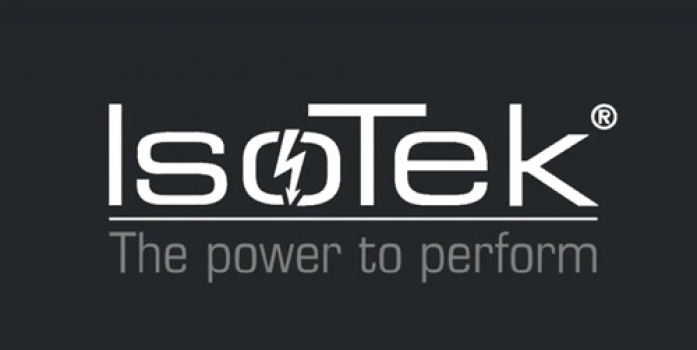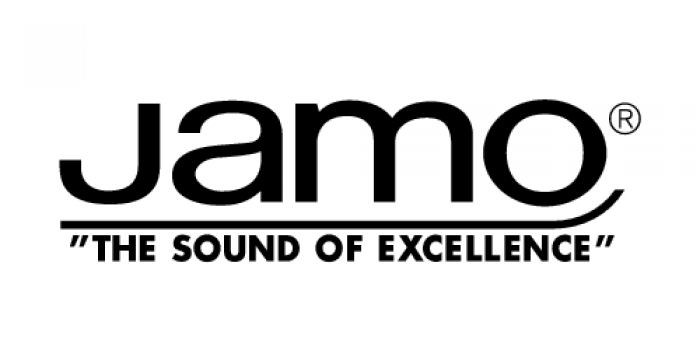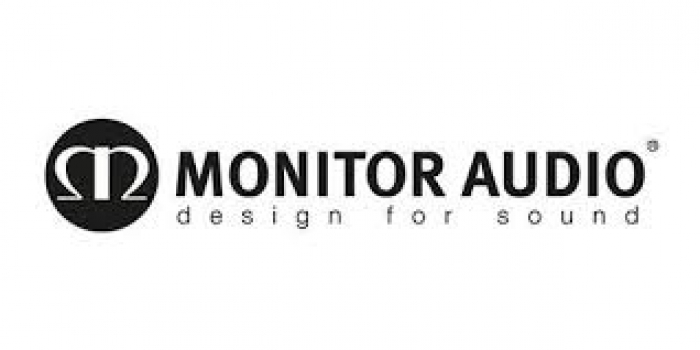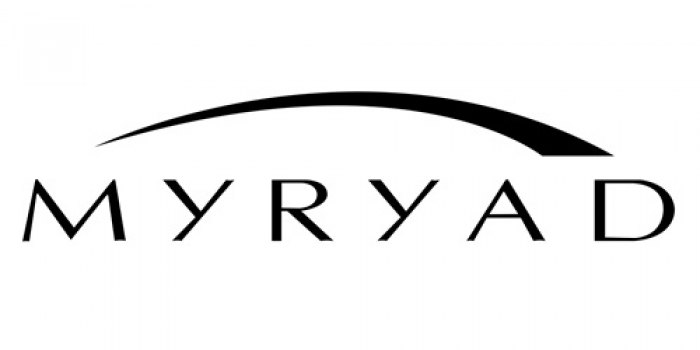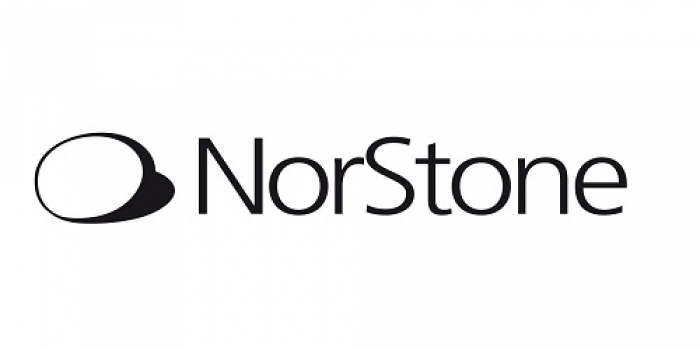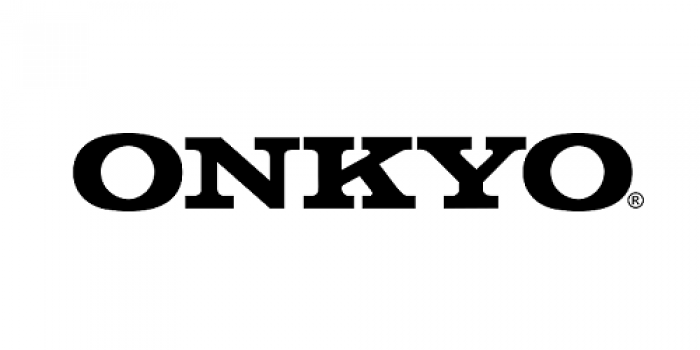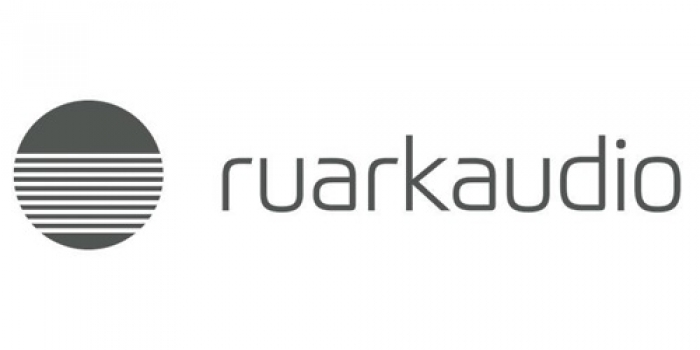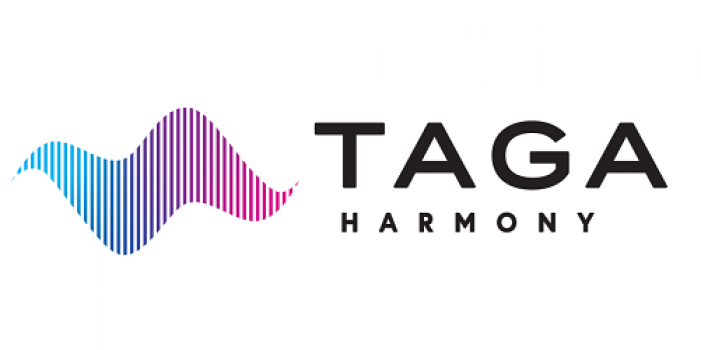DTS:X vs Dolby Atmos
The latest surround sound formats
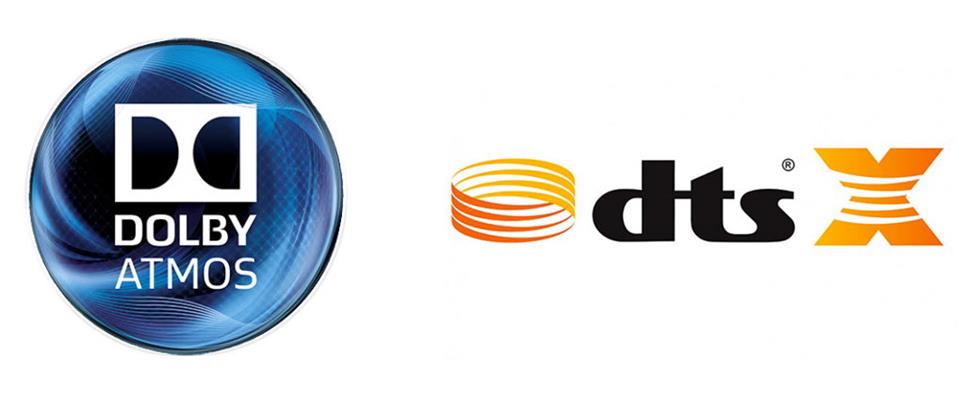
IN A NUTSHELL
Dolby Atmos and DTS:X are the two newest surround sound formats. Both add overhead sound effects to deliver surround sound with greater realism than older formats. How do they compare? Read the full story to find out.
Here's what you'll need:
- A receiver with built-in decoding for Dolby Atmos, DTS:X, or both.
- Atmos calls for at least one pair of “height” speakers. These can be ceiling speakersor upward-firing Atmos enabled speakers. DTS:X works with a regular surround sound speaker system.
- To get the full effect you'll need content encoded with Atmos or DTS:X. You can get that on a Blu-ray disc or from a streaming service. See the links below for the latest offerings.
FULL STORY
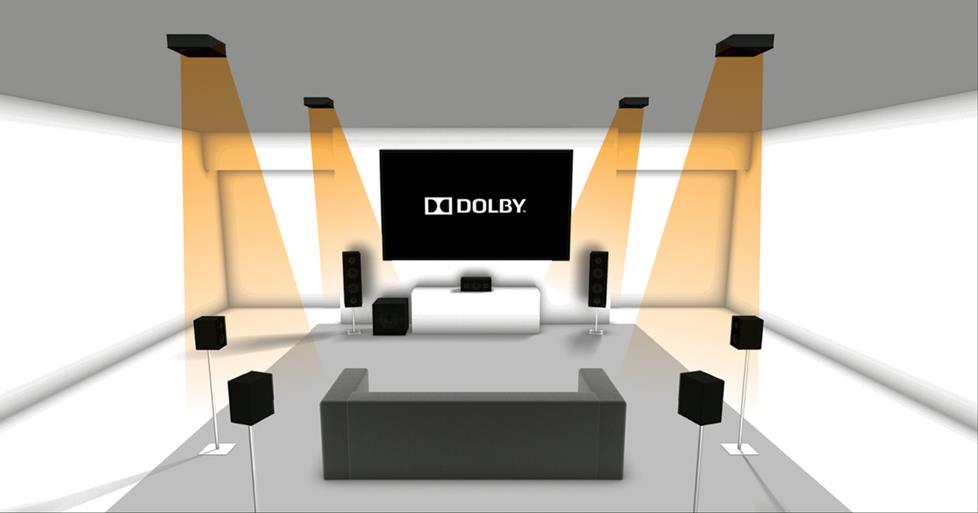
Dolby Atmos and DTS:X add overhead sound effects for an immersive home theater experience.
Dolby Atmos and DTS:X soundtracks are recorded and mixed using a technology known as “object-based” surround sound. This means that the filmmaker can place individual sounds anywhere in your listening space and move them around in three dimensions. With older surround formats, sounds can move front to rear and left to right, but not up and down.
Dolby Atmos
Dolby Atmos is already in use in hundreds of movie theaters. It’s also supported by a wide selection of home theater components. There are Atmos compactible receivers and Atmos enabled speakers available. There are even soundbars equipped with Atmos technology.
DTS:X
In early 2015 DTS launched DTS:X, and it quickly gained a foothold in some movie theaters. Soon thereafter, it began to appear in home theater receivers.
Some receivers offer DTS:X functionality right out of the box.

Many av receivers offer both Dolby Atmos and DTS:X processing. The speaker wiring is the same for both formats.
Other receivers require firmware updates to decode DTS:X soundtracks. Here are links to the latest DTS:X firmware updates from Denon, Onkyo and Marantz. As firmware is released from other brands, we’ll add those links here.
What do I need to play Dolby Atmos and DTS:X?
Dolby Atmos and DTS:X are quite similar in their object-based approach to surround sound. The two formats are also pretty close when it comes to the gear you need to enjoy them in your home.
- Both formats require an A/V receiver or a preamp/processor with built-in decoding. Many receivers offer both Dolby Atmos and DTS:X processing. So in most cases that means there’s no need to make a choice. Simply get a receiver that decodes two fomats and you’re all set.
- You'll also need aBlu-ray player that supports Dolby TrueHD and DTS-HD Master audio, plus bitstream output. All of these features are found on virtually every modern player.
- Two HDMI cables. One to connect your Blu-ray player to your receiver, and another to go from your receiver to your TV.
- A surround sound speaker system.
Dolby makes specific speaker recommendations for Atmos to achieve optimum performance. This includes a standard 5.1 or 7.1 surround speaker system, plus at least one pair of “height” speakers. The height speakers can be either in-ceiling, or upward-firing Atmos enabled speakers
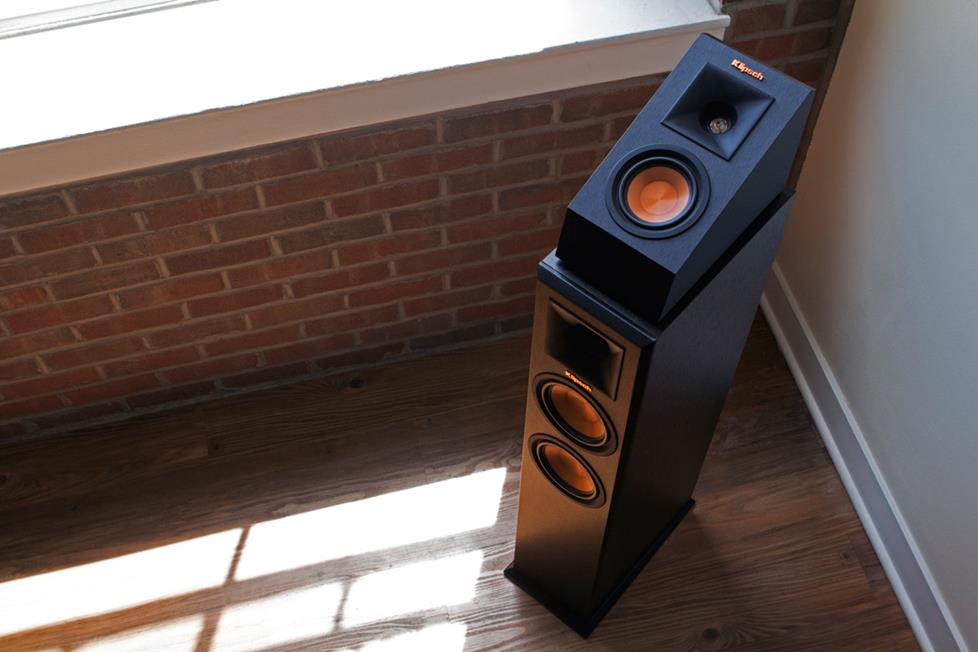
Upward-firing speakers bounce sound effects off of the ceiling and down to your listening position. They're an easy add-on to an existing speaker system.
DTS:X has no official requirements for the number of speakers or their locations in your room. Simply arrange your speaker system to best fit your space. Then let the receiver’s auto-calibration and object-based surround processor sort out the details. It will determine where to best send dialogue and sound effects.
DTS:X also lets you manually adjust sound objects. You can boost hard-to-hear dialogue above other sounds in your center channel. That’s a big plus over simply turning up the center channel volume.
Do you plan to enjoy both Dolby Atmos and DTS:X within the same speaker system? If so, you'll want to align your speaker setup according to the Atmos specs.
What content is available with Dolby Atmos and DTS:X soundtracks?
Here’s a list of Dolby Atmos releases available on Blu-ray and through streaming services. Here are the latest offering for DTS:X.
Want to breathe new life into your existing movies, video games, and music? Both Dolby Atmos and DTS:X can “upconvert” your content. The improved sound will play through all of the speaker channels in your system. The effect is not as dramatic as a true object-based soundtrack, but it’s a lot of fun!
Which way to go?
So which of these new surround formats should you pick? We recommend you get a receiver that has both Dolby Atmos and DTS:X capability. Then you will enjoy the widest variety of movies with the best surround sound available.


